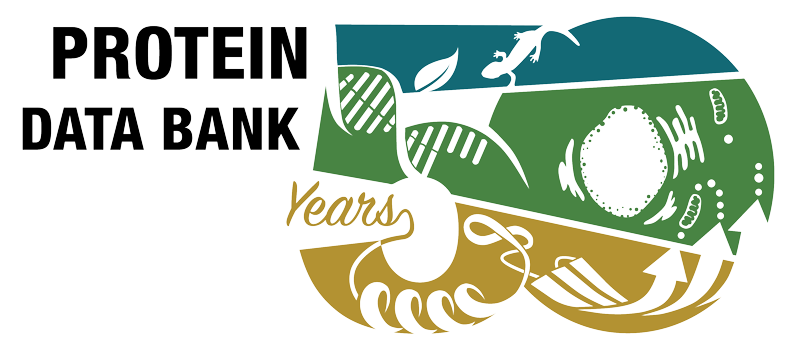Reviews - 6ztl mentioned but not cited (1)
- Macromolecular assemblies supporting transcription-translation coupling. Webster MW, Weixlbaumer A. Transcription 12 103-125 (2021)
Articles - 6ztl mentioned but not cited (1)
Reviews citing this publication (15)
- Translational Control by Ribosome Pausing in Bacteria: How a Non-uniform Pace of Translation Affects Protein Production and Folding. Samatova E, Daberger J, Liutkute M, Rodnina MV. Front Microbiol 11 619430 (2020)
- Coupled Transcription-Translation in Prokaryotes: An Old Couple With New Surprises. Irastortza-Olaziregi M, Amster-Choder O. Front Microbiol 11 624830 (2020)
- The molecular basis of translation initiation and its regulation in eukaryotes. Brito Querido J, Díaz-López I, Ramakrishnan V. Nat Rev Mol Cell Biol 25 168-186 (2024)
- NusG, an Ancient Yet Rapidly Evolving Transcription Factor. Wang B, Artsimovitch I. Front Microbiol 11 619618 (2020)
- Electron microscopy holdings of the Protein Data Bank: the impact of the resolution revolution, new validation tools, and implications for the future. Burley SK, Berman HM, Chiu W, Dai W, Flatt JW, Hudson BP, Kaelber JT, Khare SD, Kulczyk AW, Lawson CL, Pintilie GD, Sali A, Vallat B, Westbrook JD, Young JY, Zardecki C. Biophys Rev 14 1281-1301 (2022)
- The World of Stable Ribonucleoproteins and Its Mapping With Grad-Seq and Related Approaches. Gerovac M, Vogel J, Smirnov A. Front Mol Biosci 8 661448 (2021)
- How structural biology transformed studies of transcription regulation. Wolberger C. J Biol Chem 296 100741 (2021)
- Riboswitches as therapeutic targets: promise of a new era of antibiotics. Ellinger E, Chauvier A, Romero RA, Liu Y, Ray S, Walter NG. Expert Opin Ther Targets 27 433-445 (2023)
- Composition of Transcription Machinery and Its Crosstalk with Nucleoid-Associated Proteins and Global Transcription Factors. Muskhelishvili G, Sobetzko P, Mehandziska S, Travers A. Biomolecules 11 924 (2021)
- Structural advances in transcription elongation. Mohamed AA, Vazquez Nunez R, Vos SM. Curr Opin Struct Biol 75 102422 (2022)
- Bacterial transcription during growth arrest. Bergkessel M. Transcription 12 232-249 (2021)
- Exploring the Structural Variability of Dynamic Biological Complexes by Single-Particle Cryo-Electron Microscopy. DiIorio MC, Kulczyk AW. Micromachines (Basel) 14 118 (2022)
- Bacterial chromatin proteins, transcription, and DNA topology: Inseparable partners in the control of gene expression. Hustmyer CM, Landick R. Mol Microbiol 122 81-112 (2024)
- RNA polymerase collisions and their role in transcription. Wang L. Transcription 15 38-47 (2024)
- The yin and yang of the universal transcription factor NusG. Delbeau M, Froom R, Landick R, Darst SA, Campbell EA. Curr Opin Microbiol 81 102540 (2024)



 PMID:
PMID: 